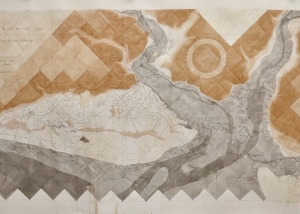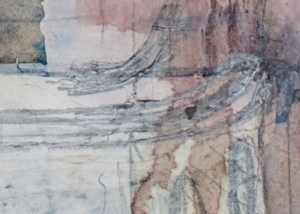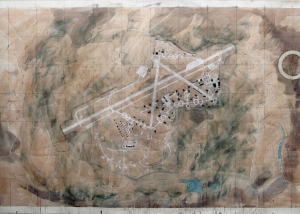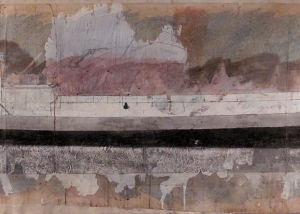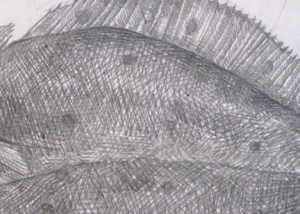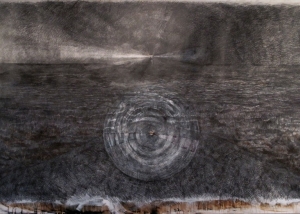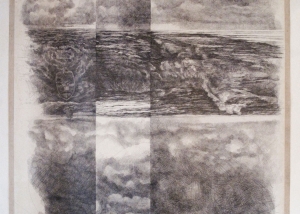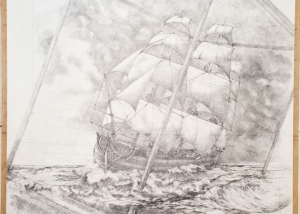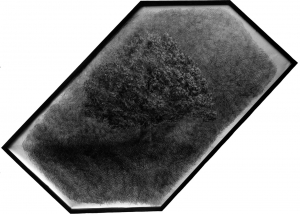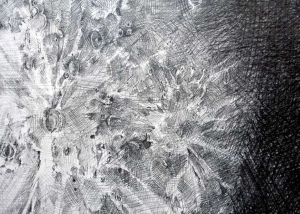As a visual artist, my instinctive approach to any project is to see if there is a way that I can visualise it; is there a way that I can make it happen again on a single sheet of paper as a drawing? The invention of a formal equivalent to the question in mind can be a first step in a process of understanding. This act of making something happen again as drawing is more useful to me than representing it as drawing. I am too much a child of modernism not to feel a commitment to the integrity of the object itself, the alternative approach would be to treat the drawing as information and therefore a secondary experience.
For most projects that I have thought about or have undertaken, I have come up with a substantial collection of drawings. These plot the development of an idea and often provide the actual data that I will use in carrying it out.
In some cases a drawing is a means of answering a rhetorical question, “does this happen and if so, how”. Certainly the work that I have carried out on Coastal and Estuarine Strategies has been a means of interrogating the approach and exploring the implications for myself and by default for others.
Between March 16th and April 22nd 2010, I put on an exhibition of drawing at The Cut at Halesworth in Suffolk. This was called “Drawn Towards” and was an opportunity to show for the first time a selection of large scale drawings directly related to my way of life and projects that I have undertaken in Suffolk. I laid the emphasis upon the role of drawing as a means of comprehension. In particular I have taken the opportunity to put my more recent coastal work in the context within which it was conceived and make it accessible to the local and professional community with whom I have been collaborating.

